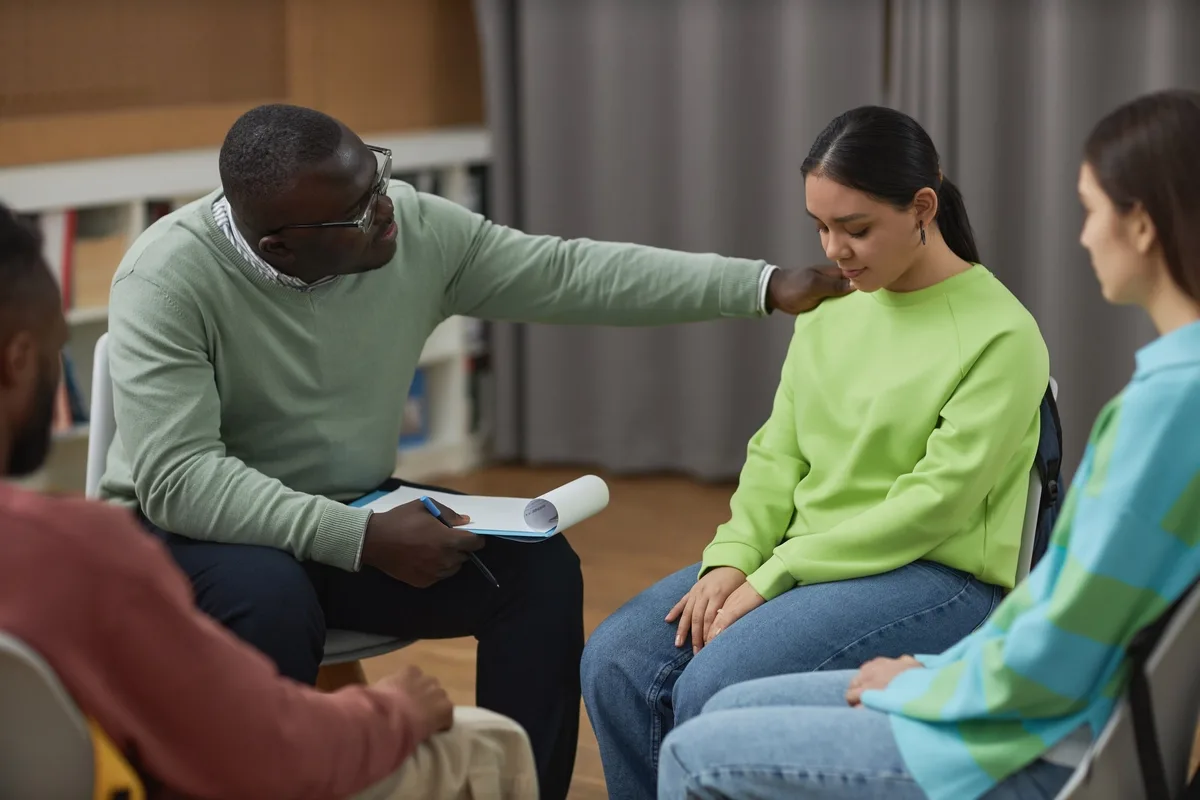24/7 Helpline:
(866) 899-221924/7 Helpline:
(866) 899-2219
Learn more about 12-Step Rehab centers in Central Valley
12-Step Rehab in Other Cities

Other Insurance Options

MHNNet Behavioral Health

Optum

Choice Care Network

Covered California

Humana

Health Net

Multiplan

Premera

Health Partners

MVP Healthcare

EmblemHealth

Holman Group

Regence

AllWell

Oxford

Group Health Incorporated

BHS | Behavioral Health Systems

Carleon

Private insurance

Access to Recovery (ATR) Voucher




















